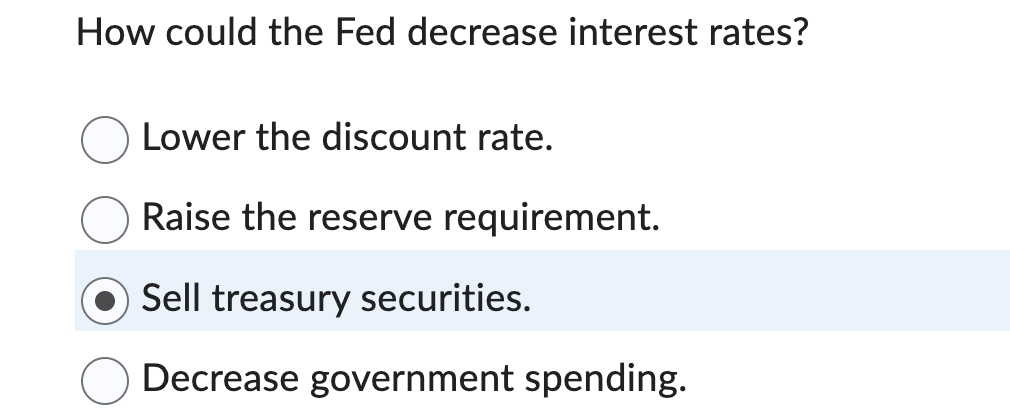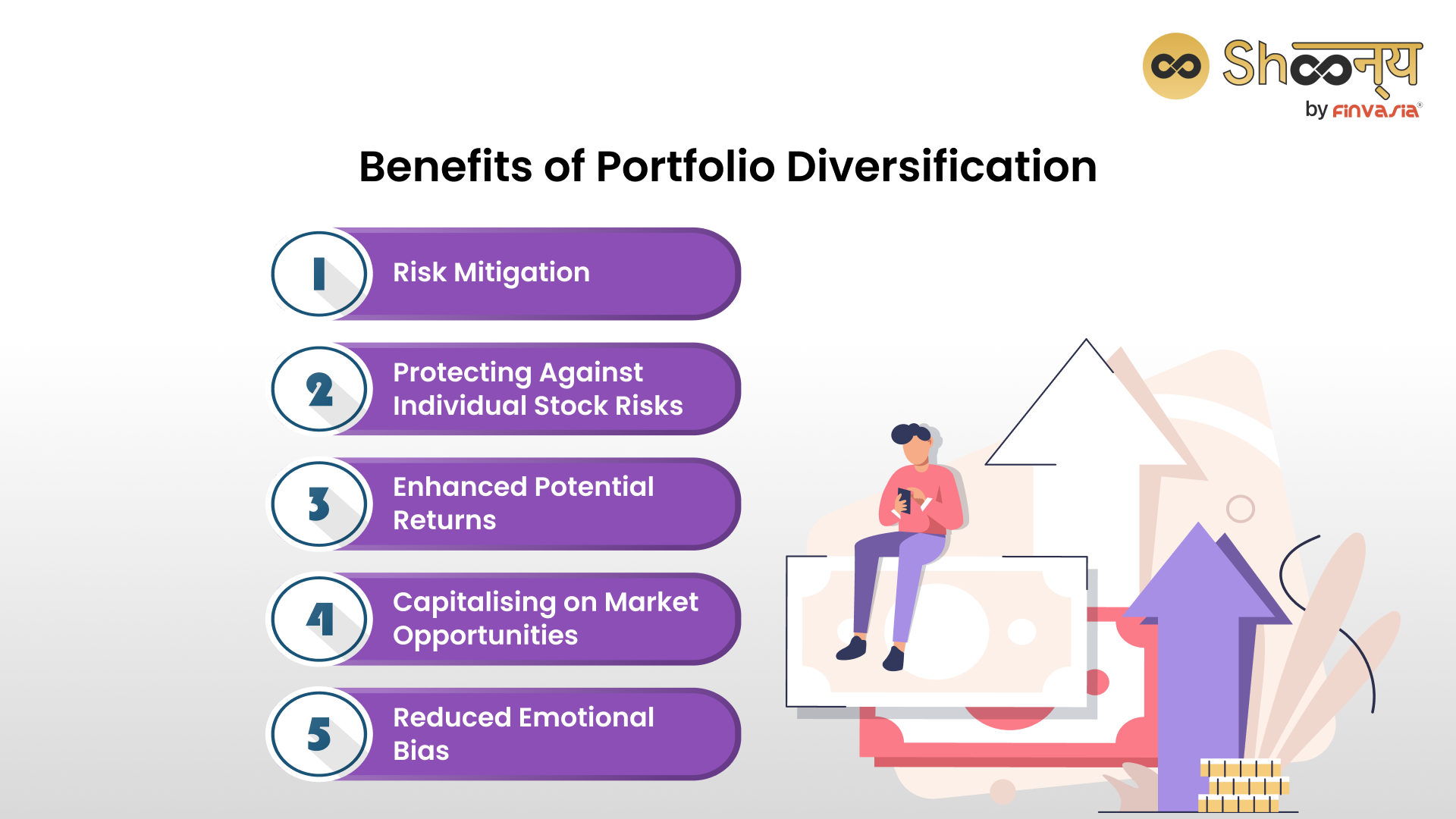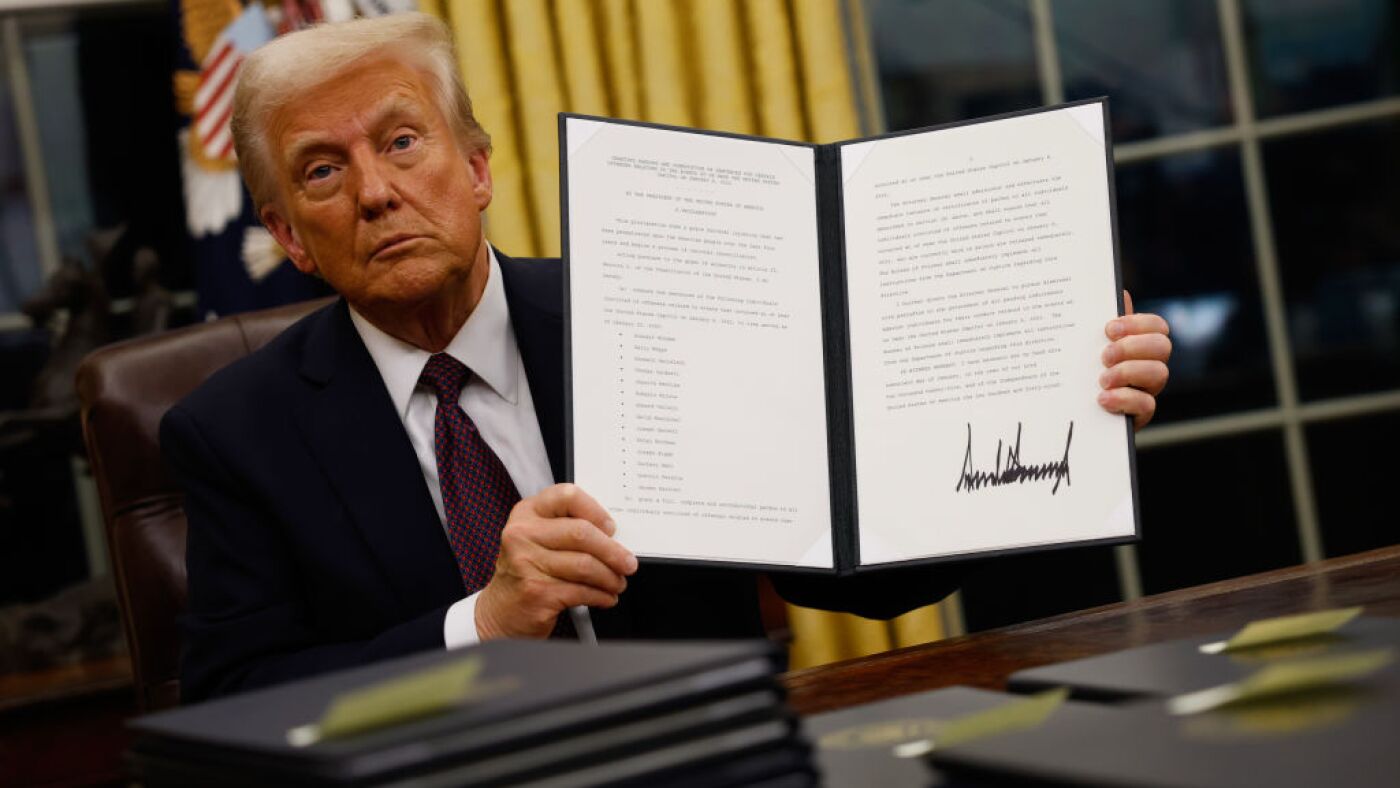Why The Federal Reserve Remains Hesitant To Lower Interest Rates

Table of Contents
Persistent Inflationary Pressures
The primary reason for the Fed's reluctance to lower interest rates is the persistent elevation of inflation. While headline inflation, often reported in the Consumer Price Index (CPI), may be showing signs of cooling, core inflation (excluding volatile food and energy prices) remains stubbornly high. This poses a significant challenge to the Fed's mandate of maintaining price stability and full employment.
- The Federal Reserve's Dual Mandate: The Fed's mandate is to maintain both price stability and full employment. Lowering interest rates too aggressively risks reigniting inflationary pressures, potentially undermining its credibility and jeopardizing its long-term goals.
- Monitoring Key Inflation Indicators: The Fed meticulously monitors core inflation indicators like the CPI and the Producer Price Index (PPI) to gauge the underlying inflationary pressures within the economy. These indicators provide a more accurate picture of persistent inflationary trends than headline inflation alone.
- The Risk of Undermining Credibility: Prematurely lowering interest rates could undermine the credibility of the Fed's inflation-fighting efforts. If the public perceives the Fed as being too lenient on inflation, inflationary expectations could become unanchored, making it even harder to control prices in the future.
Concerns about a Wage-Price Spiral
Rapid wage growth, fueled by a remarkably tight labor market, is another significant concern for the Federal Reserve. This tight labor market, characterized by low unemployment rates, empowers workers to demand higher wages. This situation carries the risk of triggering a wage-price spiral – a self-perpetuating cycle where rising wages lead to higher prices, which in turn fuels further wage demands.
- Tight Labor Market Dynamics: The current strong labor market conditions are contributing significantly to upward pressure on wages. With businesses competing for a limited pool of qualified workers, they are compelled to offer higher salaries to attract and retain talent.
- The Danger of a Self-Perpetuating Cycle: A wage-price spiral can become self-perpetuating and exceedingly difficult to control. Once established, it can lead to persistent and potentially runaway inflation.
- Alignment of Wage Growth and Productivity: The Fed carefully monitors the relationship between wage growth and productivity gains. Sustained wage growth exceeding productivity gains is unsustainable in the long run and contributes directly to inflationary pressures.
- Unemployment Rate as a Key Indicator: Monitoring employment data, especially the unemployment rate, is crucial for the Fed in assessing the risk of a wage-price spiral. Low unemployment rates often signal a tight labor market and increased pressure on wages.
Uncertainty about the Economic Outlook
The economic outlook remains shrouded in uncertainty. While certain economic indicators point to a slowing economy, and some economists predict a recession, the Fed is cautious about prematurely lowering interest rates. Such a move could inadvertently stimulate excessive economic growth, potentially reigniting inflationary pressures.
- Analyzing a Range of Economic Indicators: The Fed carefully analyzes a wide range of economic indicators, such as GDP growth, consumer spending, business investment, and housing starts, to assess the overall health of the economy.
- Geopolitical and Supply Chain Risks: Uncertainty surrounding geopolitical events, global supply chain disruptions, and the ongoing war in Ukraine continues to weigh heavily on the Fed's decision-making process.
- Avoiding a Yo-Yo Effect: The Fed seeks to avoid a scenario where interest rate cuts are quickly followed by further rate hikes, leading to instability in the financial markets and undermining confidence in its policy effectiveness.
The Risk of Further Quantitative Easing
The Fed's previous quantitative easing (QE) programs involved massive bond purchases to inject liquidity into the financial system. Lowering interest rates without substantial progress on inflation could necessitate further QE, a course of action fraught with potential negative long-term consequences. QE can contribute to asset bubbles and distort market signals.
Conclusion
The Federal Reserve's hesitancy to lower interest rates despite the economic slowdown reflects a complex balancing act. Persistent inflationary pressures, concerns about a wage-price spiral, and uncertainty surrounding the economic outlook all contribute to this cautious approach. The potential need for further quantitative easing adds another layer of complexity. The Fed's priority remains maintaining price stability, even if it means navigating a period of slower economic growth. Understanding the multifaceted reasons behind the Federal Reserve's interest rate decisions is vital for individuals and businesses to effectively navigate the current economic climate and anticipate future monetary policy adjustments. Stay informed about the latest developments concerning Federal Reserve interest rates and their impact on your financial planning and investment strategies.

Featured Posts
-
 Lynk Lee Hanh Trinh Chuyen Gioi Va Cau Chuyen Tinh Yeu Day Cam Hung
May 10, 2025
Lynk Lee Hanh Trinh Chuyen Gioi Va Cau Chuyen Tinh Yeu Day Cam Hung
May 10, 2025 -
 Chinas Canola Imports A Diversification Strategy
May 10, 2025
Chinas Canola Imports A Diversification Strategy
May 10, 2025 -
 Senator Warner Trump Unlikely To Abandon Tariffs As His Primary Tool
May 10, 2025
Senator Warner Trump Unlikely To Abandon Tariffs As His Primary Tool
May 10, 2025 -
 Survey Sharing The Impact Of Trumps Executive Orders On Transgender Americans
May 10, 2025
Survey Sharing The Impact Of Trumps Executive Orders On Transgender Americans
May 10, 2025 -
 Hills Shutout Leads Golden Knights To 4 0 Victory Over Blue Jackets
May 10, 2025
Hills Shutout Leads Golden Knights To 4 0 Victory Over Blue Jackets
May 10, 2025
